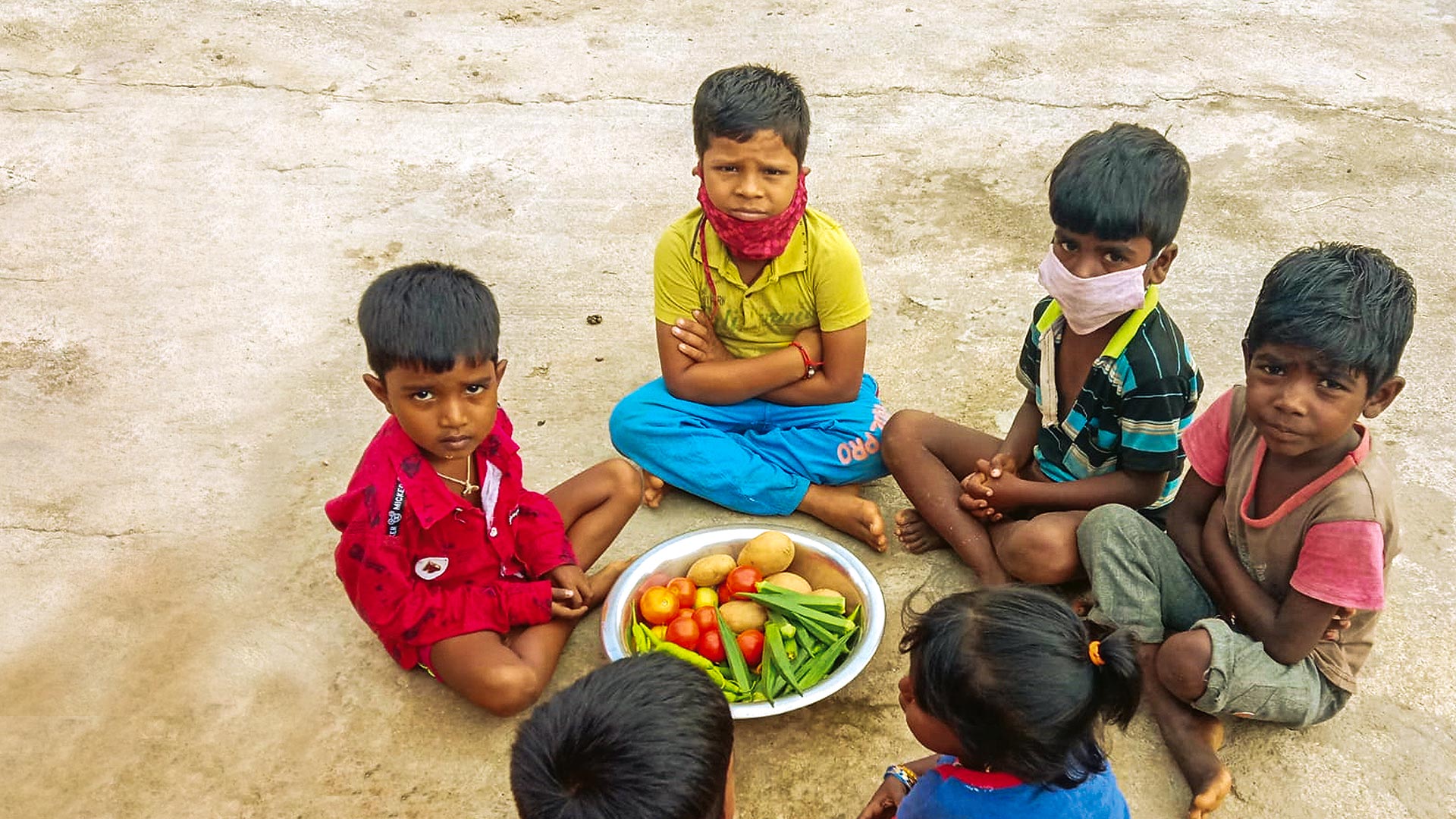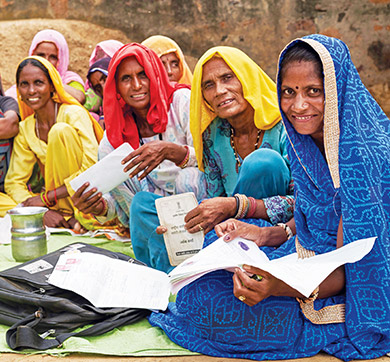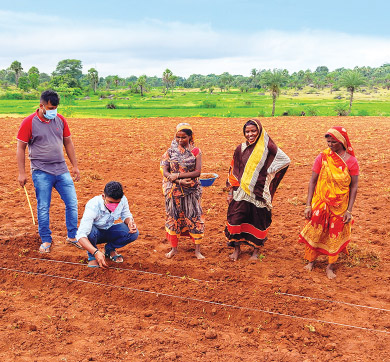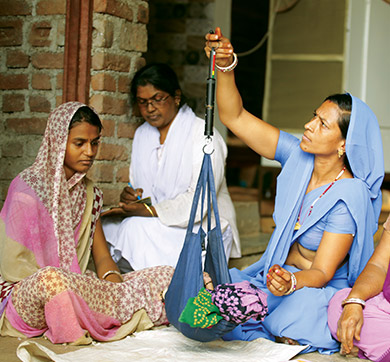December 2021 | 1586 words | 6-minute read
Back in 1909, the Indian Institute of Science (IISc) — India’s first academic institute devoted to science — was set up as a tripartite venture between the Indian government, the maharaja of Mysore and Dorabji Tata. A century later, IISc is India’s leading university, a stellar example of successful public-philanthropic convergence in the social development sector.
There are many more examples of flourishing alliances between the Tata Trusts and the Union of India. The two are active partners in many of the Trusts’ big-scale interventions, with goals ranging from identifying the incidence of non-communicable diseases (NCDs) in rural India to improving sanitation and hygiene practices through the Swachh Bharat Mission; delivering micronutrients to beneficiaries by fortifying milk, rice, salt and oil; supporting the ‘smart cities mission’ through data-based governance models; and embedding water conservation technology in the Jal Jeevan Mission. From the Trusts’ point of view, partnering the central government enables it to deliver its mandate for social change at a national level.
The strong relationship with Delhi is not new, but the engagement has taken on greater significance OR more heft since 2014. That was when Chairman Ratan Tata integrated the operations of 14 disparate Trusts — the Sir Dorabji Tata Trust, the Sir Ratan Tata Trust and the JN Tata Endowment among them — under the umbrella of the Tata Trusts. “Earlier, the Tata Trusts functioned as different entities and many government bodies were not aware of the work we were doing,” says R Pavithra Kumar, chief programme director at the Tata Trusts.
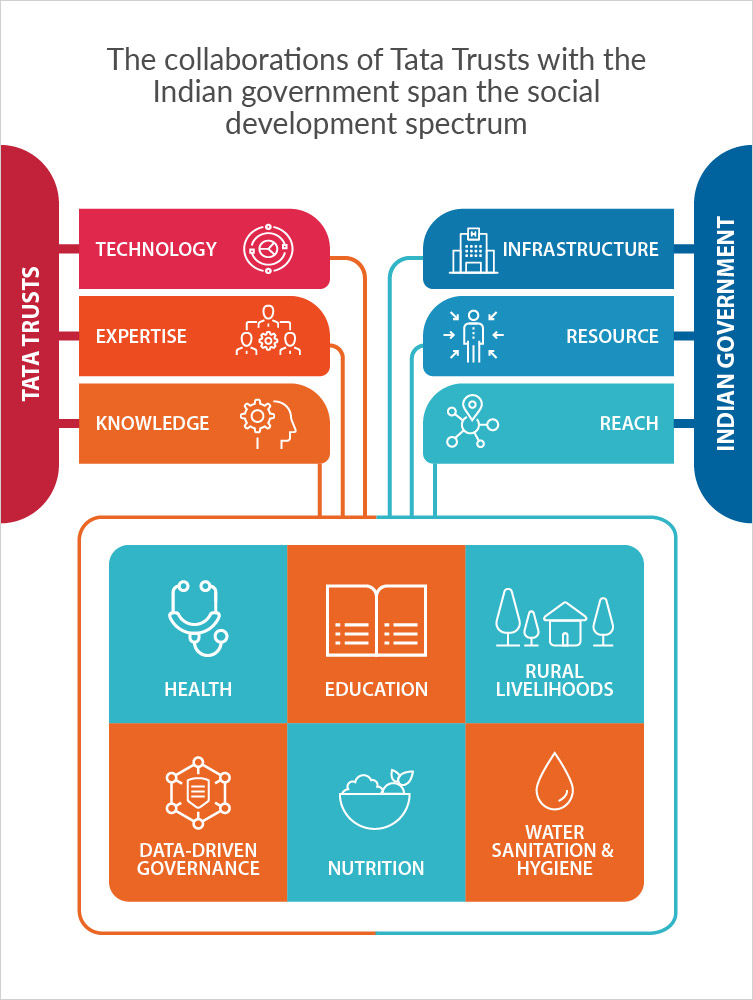
To change that impression, the Trusts collectively stepped up their government advocacy. “We started dialogues with several government departments to explain the extent of our interventions,” adds Mr Kumar. “Our approach is to invest in pilot programmes and show the government the data and the proof of concept of our projects. Once they are convinced and come on board, we support them in scaling up these interventions.”
Strategic value
Joining hands with the government allows the Trusts to leverage India’s established public infrastructure for greater social impact. And the collaboration model has proven an all-round winner. If pan-India reach and infrastructure are what the government brings to the equation, the Tata Trusts add strategic value in terms of knowledge, technology and project management expertise.
Technology is a powerful tool for transformation. An example of this is the health screening app co-developed by the Trusts. The innovation simplifies screening for NCDs in rural areas and is being used in 500 districts. “We are not afraid to try new and innovative solutions, and we bring this knowledge to the table through successful pilots,” explains HSD Srinivas, project director, health systems at the Trusts.
Expertise is another significant lever and the Trusts have been able to use their years of experience to concretise the government’s vision and put in place practical processes. A recent example is the government’s new education policy, announced in 2020, which promotes the use of experiential learning in classrooms.
“We saw this as an opportunity to shape the mandate on what experiential learning means and how it can be practised by teachers,” says Amrita Patwardhan, head of the education vertical. The Trusts partnered the Central Board of Secondary Education and created a teacher training course for which over 290,000 teachers have already signed up.
Here are a few more instances that show the widespread public benefits that accrue when the public and social sectors align for greater good.
Healthcare for rural India
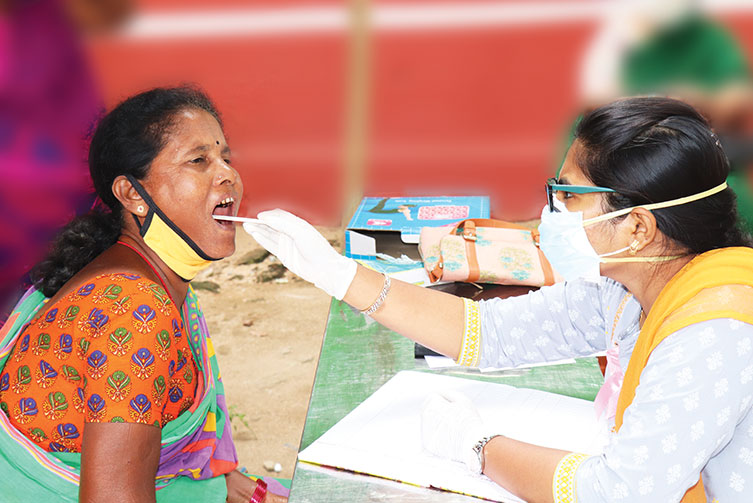
The Tata Trusts-Indian government collaboration has taken on the challenge of battling non-communicable diseases (NCDs). Every year about 60% of mortalities in the country — nearly 6 million deaths a year — can be traced to NCDs, primarily cancer, chronic respiratory diseases, diabetes and heart disease.
The Tata Trusts had partnered Dell Foundation to create an NCD app for screening patients in rural areas. Its effective use in Telangana and Andhra Pradesh evoked interest in the central government. In June 2018, the Trusts signed an agreement with India’s Ministry of Health and Family Welfare to develop an app linking all the levels of public healthcare, from villages to tertiary-level facilities.
Today, frontline workers in primary health centres use the app to access patients’ medical data. The app creates digital health records and automates the referral process, simplifying detection and diagnosis by doctors and medical officers at district hospitals. The app makes early detection of NCDs possible for rural Indians, and the data informs government health policy.
Pan-India screening for NCDs
- 37 million Indians screened
- Includes cancers, heart disease, diabetes, chronic respiratory diseases
- 118 million enrolled for digital health records
- 539 districts covered
- 28 states and union territories
Teaching the teachers
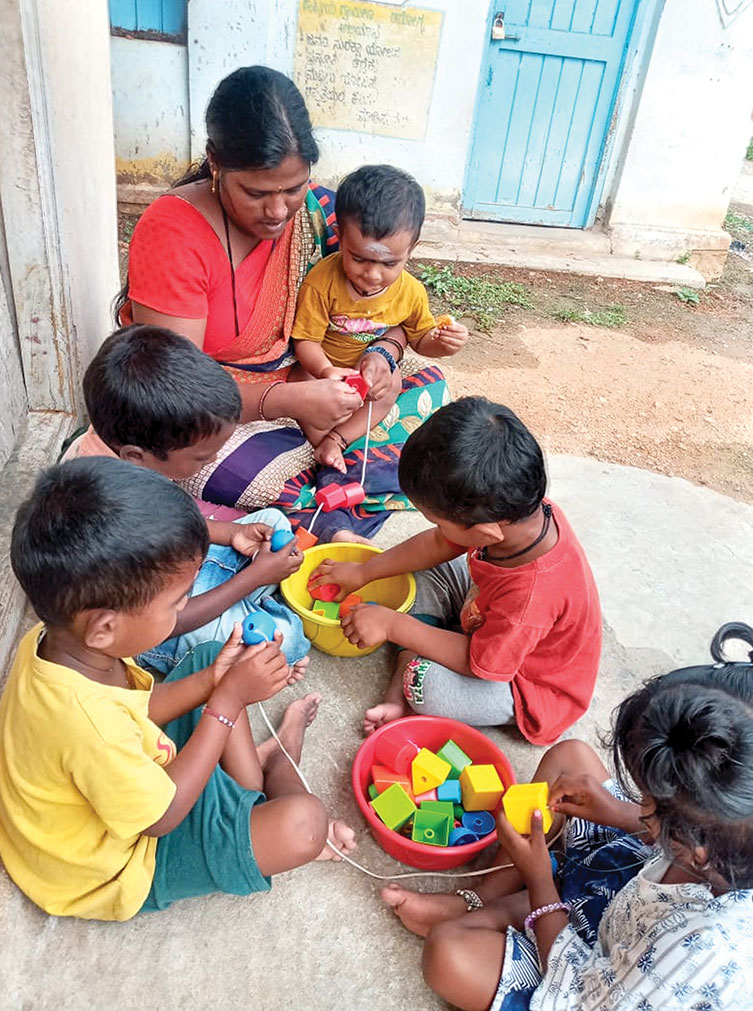
Capability building is the crux of the Trusts government partnership in education. The most recent example is the course on experiential learning.
In 2019, the Central Board of Secondary Education (CBSE) invited Tata Trusts to develop an online course in experiential learning pedagogy so that teachers could make learning more interactive for students. Hosted on the government’s DIKSHA platform, the course was launched countrywide in July 2020. Over 290,000 teachers have enrolled so far.
Other examples include designing a four-year integrated teacher education programme for the National Council for Teacher Education. The Trusts are also a part of NISHTHA, a national mission to improve learning outcomes at the elementary level, that will reach out to 4.2 million teachers across the country.
Partnerships for capacity building
- Central Board of Secondary Education
- National Council for Educational Research and Training
- National Council for Teacher Education
Making nutrition happen
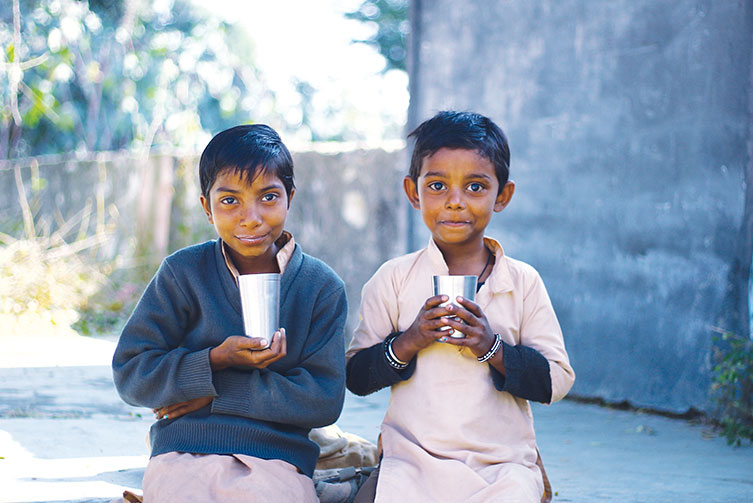
Children and pregnant women are the focus of the Trusts’ nutrition initiative. In January 2018, the Trusts aligned with the Ministry of Women and Child Development to support the National Nutrition Mission (Poshan Abhiyaan) through a multi-sectoral approach.
Under its Swasth Bharat Prerak initiative, the Trusts trained and placed over 300 volunteers (preraks) with 312 district administrations across 30 states. These preraks find innovative ways to make communities more aware of the connect between nutrition and health. Another pathway involves strengthening the anganwadi infrastructure and processes in several states to ensure that young children get the right nutritional inputs. Food fortification is also a thrust area. The Trusts advocated with the Food and Safety Standards Authority of India to set up the Food Fortification Resource Centre in Delhi. This centre now drives fortification of edible oils, milk, rice and salt for micronutrients such as vitamins A and D, iron, iodine, and key minerals. These fortified staples are channelled through the school midday schemes and the public distribution system. The engagement now touches the lives of 600 million people.
Supporting Poshan Abhiyan
- 322 Swasth Bharat preraks
- In 312 districts of 35 states
- Strengthening 23,000+ anganwadis in 3 states
- Advocating food fortification in oils, milk, rice, salt
WASH goes the smart route
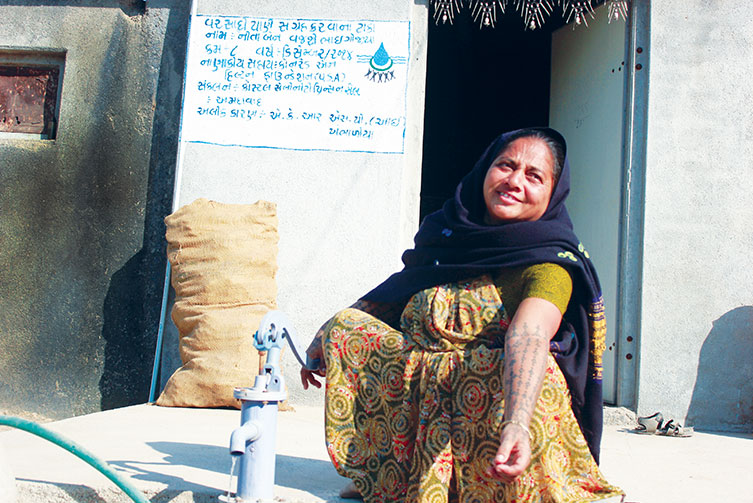
Technology is the value-addition that Tata Trusts -- together with the Tata Community Initiative Trust, bring to India’s Jal Jeevan Mission, the national effort to carry piped water to every household. Measuring and monitoring this precious resource calls for significant technology deployment. The Tata Water Mission stepped in with a smart water monitoring system that is being deployed in 8 states.
IoT (Internet of Things) sensors transmit data on the quality and quantity of water available. The system tracks distribution, leakage, groundwater levels, quality, and community usage in real time. To keep the initiatives local and sustainable, the Trusts train village water user groups and water committees to manage their water resources.
Another engagement that has drawn national interest is the Zila Swasth Bharat Prerak initiative. The Trusts trained and placed over 500 preraks with district administrations to improve sanitation and hygiene by encouraging the community to use toilets instead of defecating in the open.
Going big on Water, Sanitation & Hygiene
- IOT-based water management systems in 3,500 villages in 8 states
- Support to Jal Jeevan Mission in 15 states
Driving data-based governance
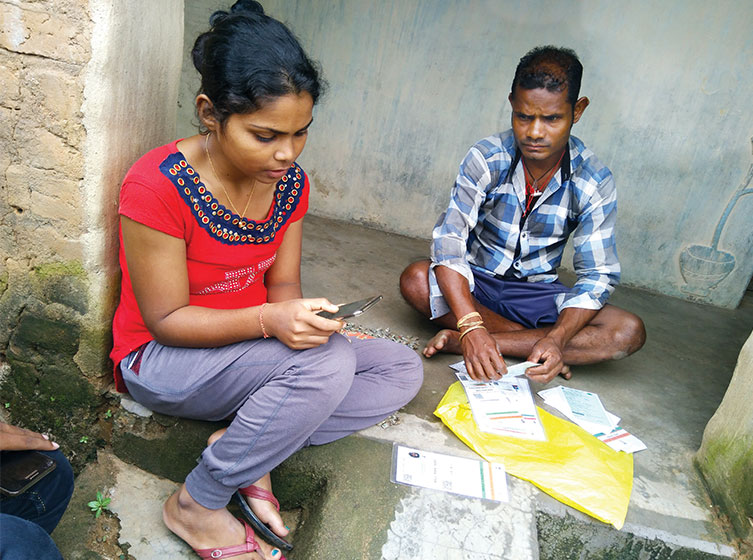
Data-driven governance (DDG) is about basing public sector planning on hard data. To encourage this, the Trusts have partnered central institutions such as NITI Aayog and the Ministry of Housing and Urban Affairs (MoHUA).
The Trusts have worked with NITI Aayog on the Transformation of Aspirational Districts programme, where the task is to support inclusive development by generating data on core areas such as health, nutrition, education, agriculture, financial inclusion and basic infrastructure. The programme touches 700,000 individuals in over 4,000 villages and covers more than 10,000 institutions in 85 districts.
The DDG portfolio works alongside the Smart Cities Mission to encourage data-driven urban planning. One pathbreaking project was the appointing of India’s first Chief Data Officer (CDO) in the Pune Municipal Corporation in 2017. This led to more engagements, such as developing guidelines for civic bodies on data maturity assessment and open data platform implementation, and drafting an e-learning course to train 100 CDOs for India’s smart cities.
The team has also developed the open-source DIGIT (stands for Digital Infrastructure for Governance, Impact and Transformation) platform, which is being used by 2,000 urban local bodies across 14 states.
Empowering through data
- 91 districts in 27 states
- 1.2 million beneficiaries
- 100 CDOs and 500 administrative officers trained
—Philip Chacko & Gayatri Kamath
Source: Tata Trusts' Horizons, December 2021 issue




